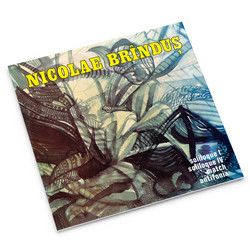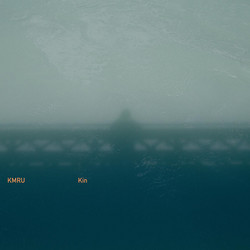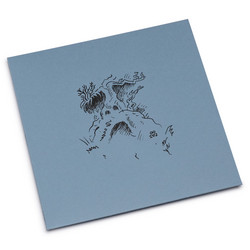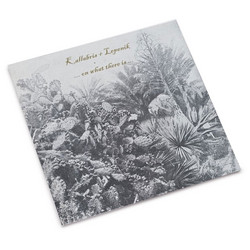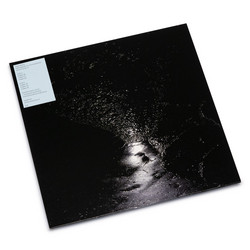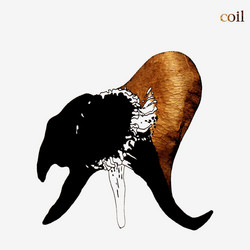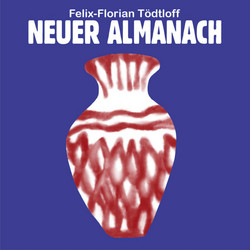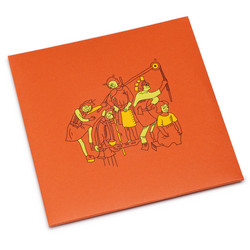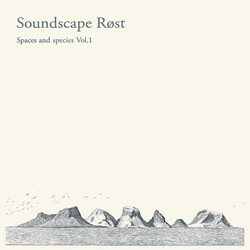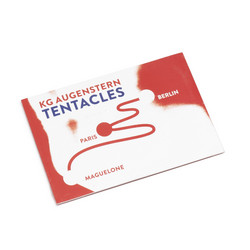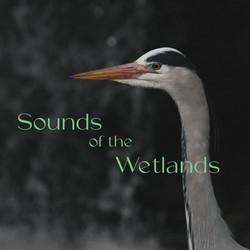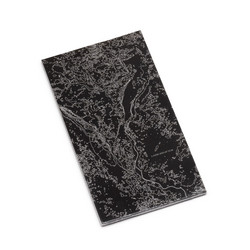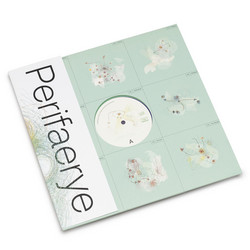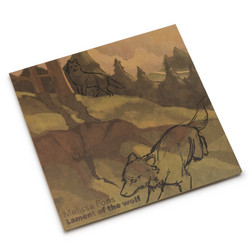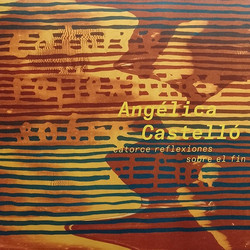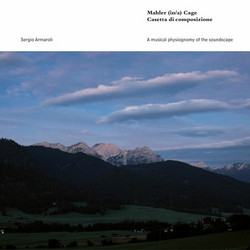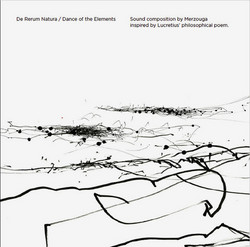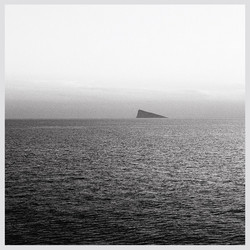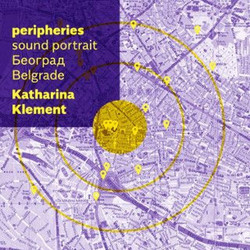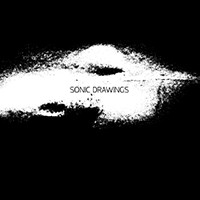What did the Caribbean islands – acoustically- look like before the arrival of Columbus? With this question in mind I took a short trip to the National Park of Guadeloupe and to Dominica, one of the most preserved island of the Lesser Antilles, which still retains some of its primary forest on the slopes of its volcanic peaks. I crossed the paths of the ‘Jaco’ and ‘Sisserou’ (the endemic species of parrots), met some local insects and tree frogs, but unfortunately failed to find any ‘Mountain Chicken’. This endemic giant frog – Leptodactylus fallax – has now virtually disappeared from the island due to chytridiomycosis*. These recordings were made in January 2013 near the Grand-Etang, Guadeloupe (track 1 &4), and Morne Diablotins National Park, ‘Syndicate Reserve, Grand Bay, Dominica. "Morne Diablotins” is the proper name designating the National Park of Dominica and its eponymous volcano. That name comes from the old French, at the time when the “Dominique” was still under French governance. In french it can have a double-entender, with the word “Morne” meaning “mountain” but also “low”, “sad”, “dull” and the word “Diablotins” meaning “little devils”, with a friendly feeling – Rodolphe Alexis


